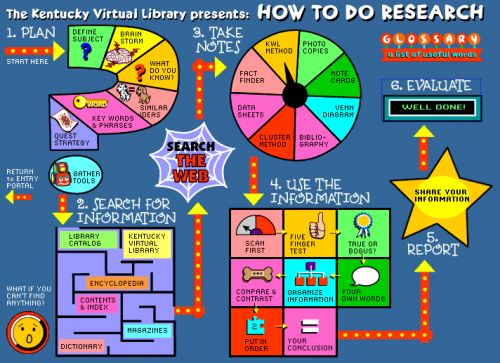Mother: ”Turn off the iPod.” ”Stop with the video chat!” ”NO TEXTING while you’re supposed to be doing homework!”
Son: ”MOM! Stop. I can concentrate better with music on.”
Daughter: ”I need the video chat on. I’m going over homework with my friends.”
Sounds familiar? In the above CBS News video neuroscientist Gary Small explains how technology may be making us smarter and why it may be good to let our kids become internet savvy multitaskers. Hopefully, they never forget that communication isn’t concentration, and information isn’t education. Fortunately, so far no one bars a search engine optimized brain from reading a book.





